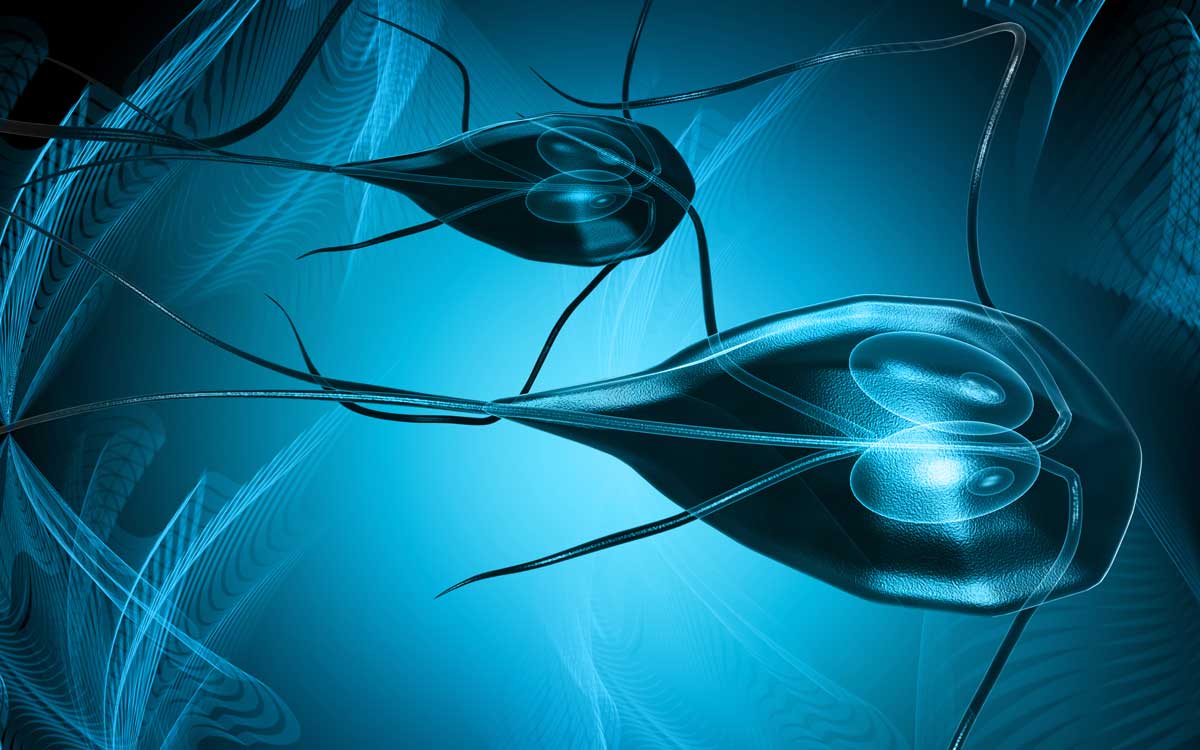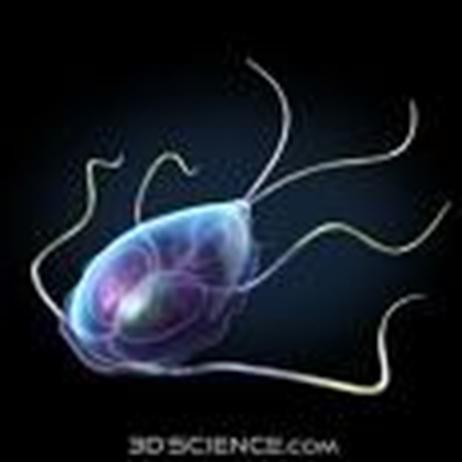When To Utilize An Ultraviolet System To Purify Your Drinking Water
Ultraviolet (UV) light water filtering and purification has been used for well over one a century to make drinking water safe. Today it is used by a few of the largest cities on the planet to cleanse their community drinking water materials along with filtration and other processes. These cities include New York, Rotterdam, Seattle, and numerous others in Europe, Asia, and North America.
Short Fact

For the previous couple of years much smaller sized UV systems have been readily available in North America for property applications. These systems are made by such producers as Trojan Technologies, Sterilight (R-Can), UV Pure, and Atlantic UV. Countless these systems have been offered and installed in houses, summer season homes, homes, and in lots of other public spaces such as camping sites, recreation center and churches. For the property owner pondering a water treatment system the question emerges: why would I want to use a UV system at all?
As with all water filtration gadgets, the choice to purchase any item must be based on how that item will impact water quality. Anyone who is concerned about possible or tested microbiological contamination in their drinking water must consider first a high quality filtration system forllowed a distant second a UV system as part of the solution. Do not look to UV to get rid of any chemicals from water nor to improve the taste and smell of the water.
It is usually rural-living individuals who have an interest in an ultraviolet light water filter and it is usually a bad water test that begins their journey through the sometimes confusing world of water filtration. A bad water test is a test that shows the existence of e.coli or coliform germs. Both e.coli and coliform bacteria must not exist in a drinking water supply. Any laboratory that evaluates water will have the ability to check for the presence of these 2 bacteria. Once it’s been developed that either of these 2 germs exist in a water system, it’s left to the homeowner to decide how to continue. Most rural water specialists will provide several options when it comes to dealing with germs in your water: UV or Chlorine or filtration. Filtration is far the most safe of the options ashard shell cysts are not able to be killed or nutralised by ultra violet light or you need to have a high concentration chlorine (making it undrinkable).
Did you know nearly 20% of your body mass is Carbon!
Chlorine is an aggressive oxidizing agent. When it’s contributed to water it really rapidly assaults the tissues of germs or other microbes that might be present in the water. The trouble is chlorine likewise blends with some of the naturally occurring chemicals in the water to produce damaging disinfection byproducts that wind up in the drinking water.
UV, on the other hand, includes nothing to the water. It simply eliminates most but not all bacteria and other microbes as they pass by the UV lamp. Ultraviolet systems are comprised of a steel chamber into which a UV lamp is inserted. UV systems also consist of a power supply, sometimes called a ballast, for powering the light. Residential ultraviolet light water filters are generally plumbed on the main water line for a home or home. Some UV systems are equipped with a UV sensor and still others are NSF Certified.
Ultraviolet (UV) light water purification and filtration has actually been used for well over one hundred years to make drinking water safe. Do not look to UV to eliminate any chemicals from water nor to enhance the taste and smell of the water. It is generally rural-living individuals who are interested in an ultraviolet light water filter and it is usually a bad water test that begins their journey through the often complicated world of water filtration. A lot of rural water experts will offer four choices when it comes to dealing with germs in your water: Filitration, Ionization, UV or Chlorine.
The problem is chlorine likewise blends with some of the naturally occurring chemicals in the water to produce damaging disinfection by-products that end up in the drinking water.
The best solution is to air-rate the water, fllowed by filtering the water with ultra-filtration to remove bacteria, viruses and cysts followed then by a ionisation process using activated carbon and other media to absorb bad tastes from the water.



